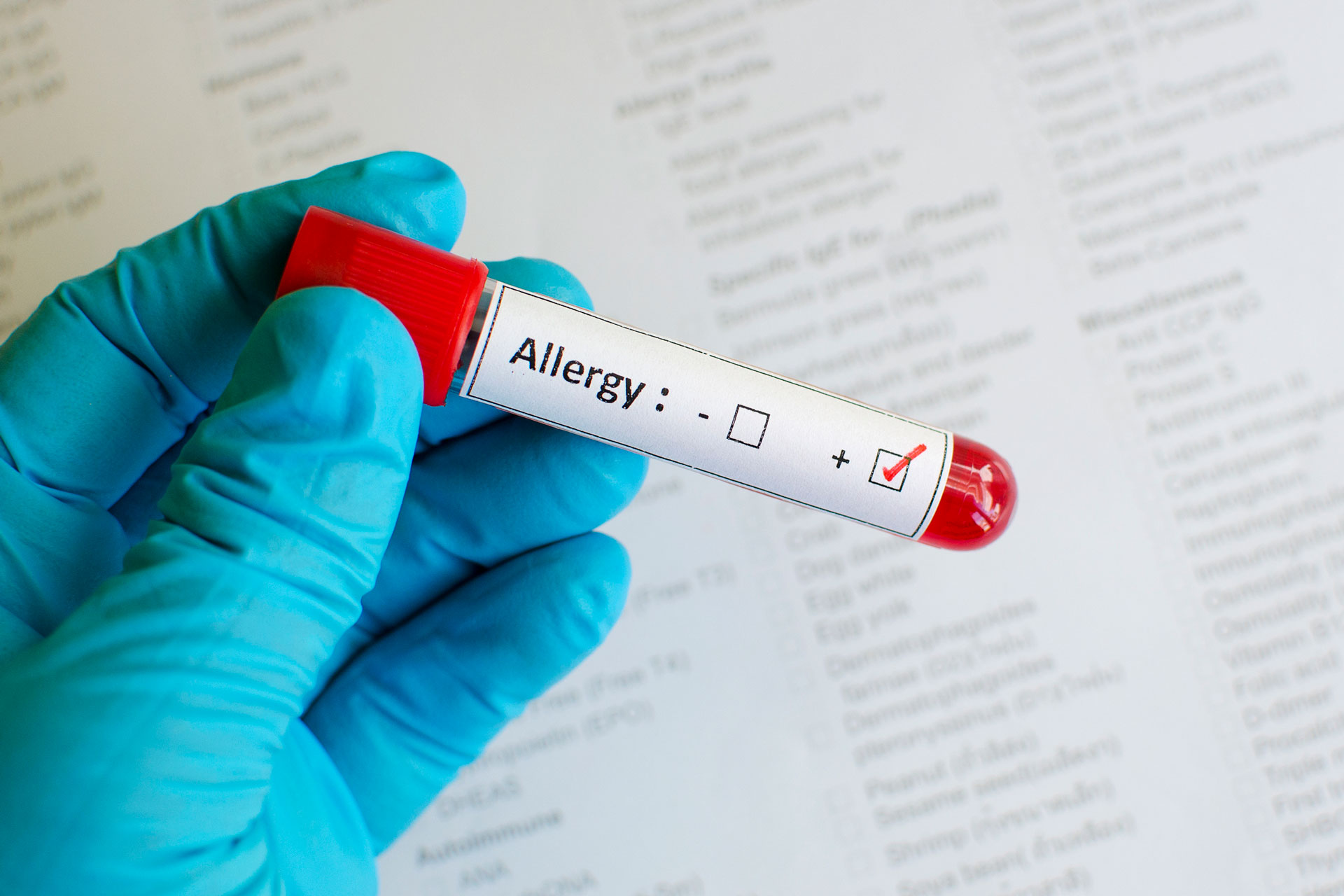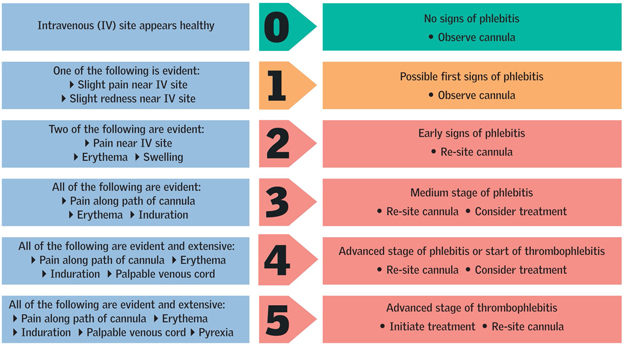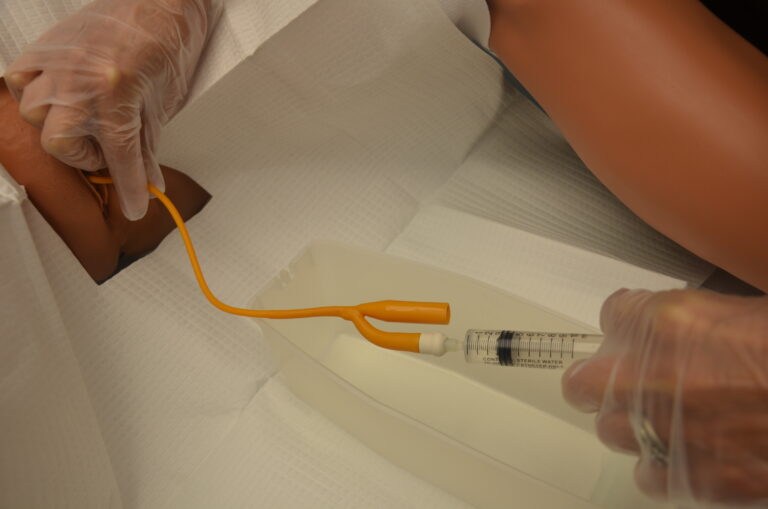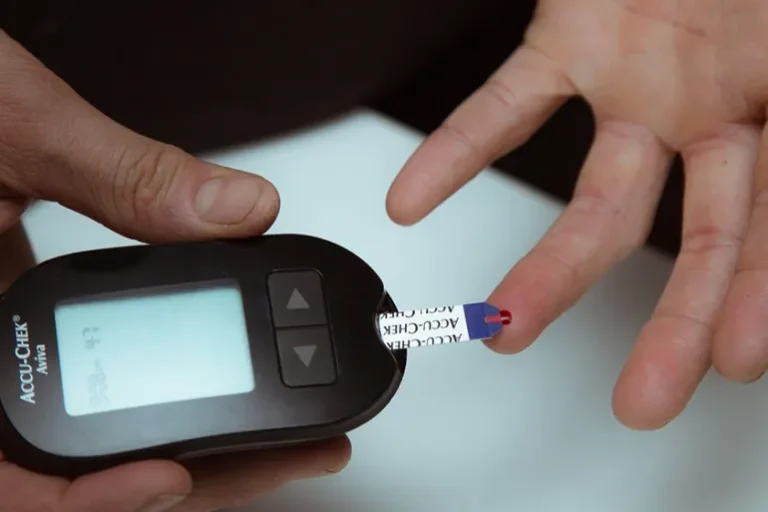How to Perform Correct Identification and Allergy Check for the NMC OSCE
How to Perform Correct Identification and Allergy Check for the NMC OSCE

The Nursing and Midwifery Council (NMC) Objective Structured Clinical Examination (OSCE) is a crucial step for overseas nurses aiming to practice in the UK. One of the key components of the OSCE is ensuring patient safety through correct identification and allergy checks. Here’s a step-by-step guide to help you master this essential skill.
Step 1: Introduction and Consent
Begin by introducing yourself to the patient. Clearly state your name and role. For example, “Hello, my name is [Your Name], and I am a nurse. I will be taking care of you today.”
Ask for the patient’s consent to proceed with the identification and allergy check. This is important to ensure the patient is comfortable and aware of the procedures being performed.
Step 2: Verify Patient Identity
Use at least two identifiers to confirm the patient’s identity. Common identifiers include the patient’s full name and date of birth. Here’s how you can do it:
- Ask the Patient: “Can you please tell me your full name and date of birth?”
- Check the Wristband: Verify the information provided by the patient against their wristband. Ensure the details match exactly.
Step 3: Allergy Check
Next, confirm the patient’s allergy status. This step is critical to prevent any adverse reactions to medications or treatments.
- Ask the Patient: “Do you have any allergies?”
- Check Medical Records: Cross-check the patient’s response with their medical records or allergy bracelet, if available.
- Document Findings: Record any allergies noted, including the type of allergy and the reaction experienced.
Step 4: Double-Check
Before proceeding with any treatment or medication administration, double-check the patient’s identity and allergy status. This redundancy helps catch any potential errors.
Step 5: Communicate Clearly
Ensure that all team members are aware of the patient’s identity and allergy status. Clear communication is key to maintaining patient safety.
Tips for Success
- Practice Active Listening: Pay close attention to the patient’s responses and any non-verbal cues.
- Stay Calm and Confident: Confidence in your procedure helps reassure the patient and ensures accuracy.
- Use a Systematic Approach: Develop a routine for identification and allergy checks to ensure consistency.
By following these steps, you can perform correct identification and allergy checks efficiently and accurately, ensuring patient safety and meeting the NMC OSCE standards.






